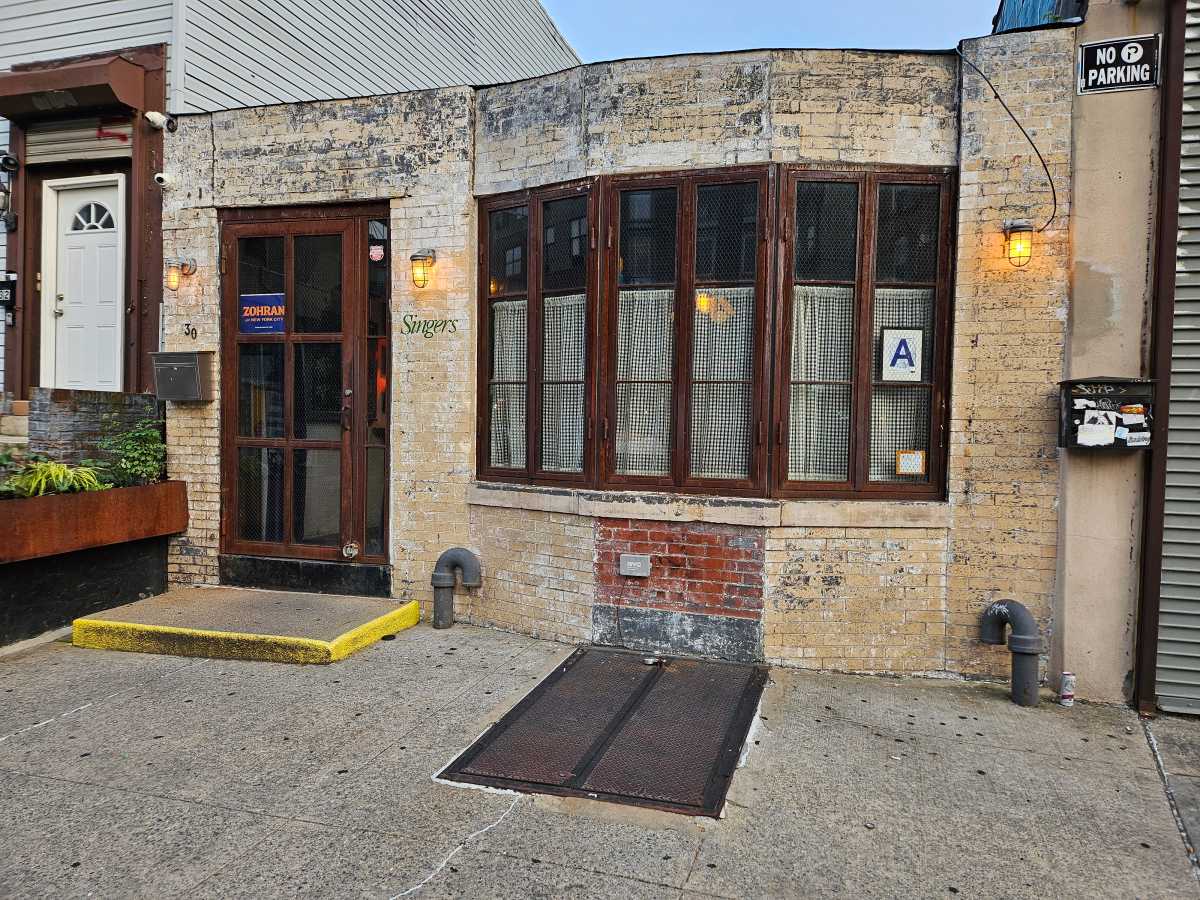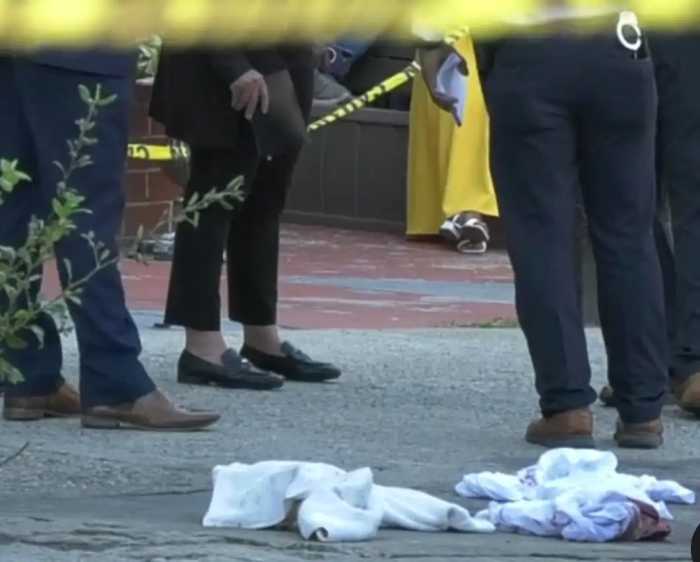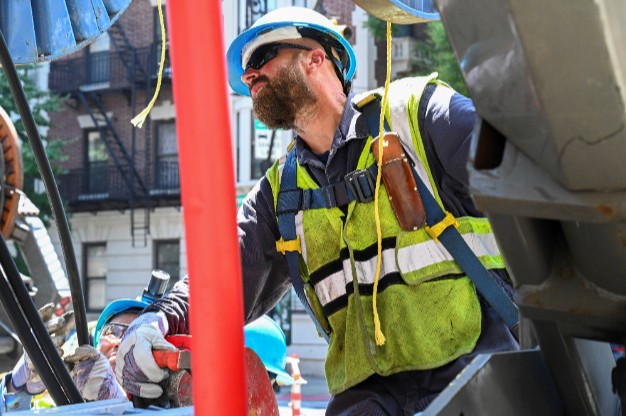By Albert Amateau
St. Vincent’s Hospital is facing the last two weeks of its 161-year history.
A week after Mt. Sinai Hospital declined to become a partner of the hospital, St. Vincent’s sent notices on Mon., April 12, to its 3,500 employees that their services would be required no longer. Later that day, St. Vincent’s board of trustees and Mark Toney, its restructuring officer, announced the resignation of Henry Amoroso, the hospital’s president and C.E.O. Chief Operating Officer Arthur Webb and Bart Metzger, head of human resources at the hospital, also left.
The last ambulance bringing patients to St. Vincent’s level 1 trauma center emergency room arrived on Friday morning April 9, and the hospital, in coordination with the Fire Department and the state Department of Health, announced that from then on, ambulances would be diverted to other locations, except for behavioral health.
Now, an urgent-care facility — rather than a full-service emergency room — the emergency department will treat walk-in patients, according to the hospital board of directors. Such patients, however, will be transferred elsewhere if they require long stays.
Dr. Charles Carpati, chief of the medical intensive-care unit, said on Monday that doctors had been told the hospital would no longer offer intensive care after April 30. Acute-care patients were being transferred to other hospitals.
On April 12, St. Vincent’s filed a closure plan with the state Department of Health, and the filing of a federal bankruptcy petition is expected this week. It would be the second St. Vincent’s bankruptcy since 2007, when the hospital emerged from bankruptcy with $700 million in debt. A new bankruptcy is expected to show liabilities of $1 billion, according to Crain’s New York Business. Since January, the hospital has been operating with a monthly loss of between $5 million to $10 million.
The new hospital building that St. Vincent’s had proposed for the west side of Seventh Ave. — with the Rudin Organization rebuilding the current hospital campus as residences on the east side of the avenue — was conceived as a way to reposition the hospital after the bankruptcy.
But St. Vincent’s hopeless finances have virtually ended the prospect of the new hospital project, which was planned on the site of the O’Toole building. The residential development that Rudin proposes for the east side of the avenue, intended as a way to partially pay for the new hospital, is also in question. Approved by the city’s Landmarks Preservation Commission, the residential plan still faces a complex rezoning if Rudin decides to go through with the development. While St. Vincent’s is not likely to be an active partner in the residential plan, the hospital could earn funds to help pay creditors. If the Rudin plan went through, what remains of St. Vincent’s could be relocated to the O’Toole building.
Nurses, doctors and other employees are not accepting the situation quietly. Nurses filled the sidewalk at Seventh Ave. and W. 12th St., across the avenue from the hospital on Thurs., April 8, denouncing the plan to convert the emergency room into an urgent-care facility. On Tues., April 13, doctors went into the street to protest and to claim that the state commissioner of Health, Dr. Richard F. Daines, played a role in dissuading Mt. Sinai from partnering with St. Vincent’s. Before becoming Health commissioner, Daines headed Continuum Health Partners, the entity that operates Beth Israel and St. Luke’s-Roosevelt Medical Centers.
But Daines’s office dismissed the allegation as “absolutely untrue,” and noted that the state had advanced St. Vincent’s several million dollars since the beginning of the year. However, with its own $9 billion deficit, the state could help no longer, Claudia Hutton, a department spokesperson, said on Monday.
Earlier this year, Continuum offered to partner with the Greenwich Village hospital by reducing St. Vincent’s to an outpatient health center with limited acute-care functions. But St. Vincent’s board rejected the option.
On April 7, Continuum issued a statement saying Beth Israel and Roosevelt hospitals were prepared to accommodate St. Vincent’s patients and doctors. Continuum said it was expanding the hours and services of ambulatory care at Beth Israel’s centers on Union Square and on Seventh Ave. at 23rd St.
To assist St. Vincent’s employees who will be losing their jobs, Continuum has frozen its hiring in order to take into account St. Vincent’s workers, who will be considered for appropriate vacancies.
Elected officials including Manhattan Borough President Scott Stringer, City Council Speaker Christine Quinn, Assemblymember Richard Gottfried and state Senator Tom Duane, have been demanding since January that St. Vincent’s remain as a full-service, acute-care institution. Nurses and hospital union employees agreed to take a 10 percent pay cut last month. Their sacrifices and pleas have gone for naught.

































